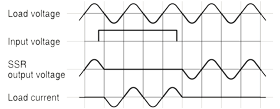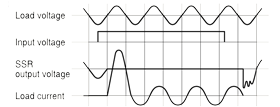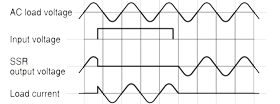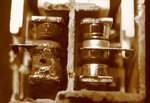Follow along with the video below to see how to install our site as a web app on your home screen.
Note: This feature may not be available in some browsers.


what is the advantage of SSR vs Conventional Relay and its application?? Thank you








